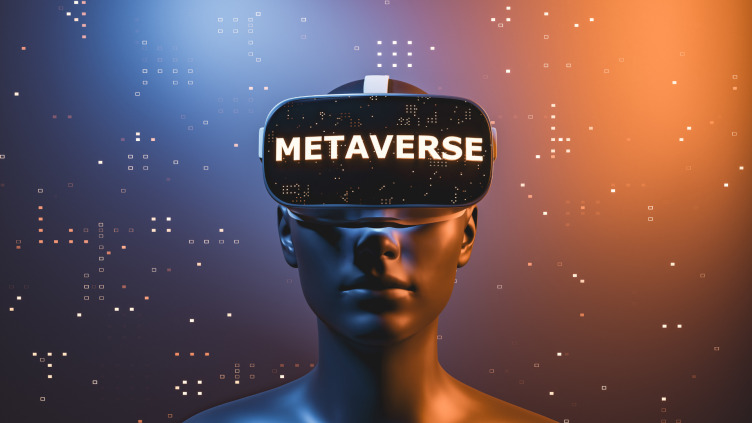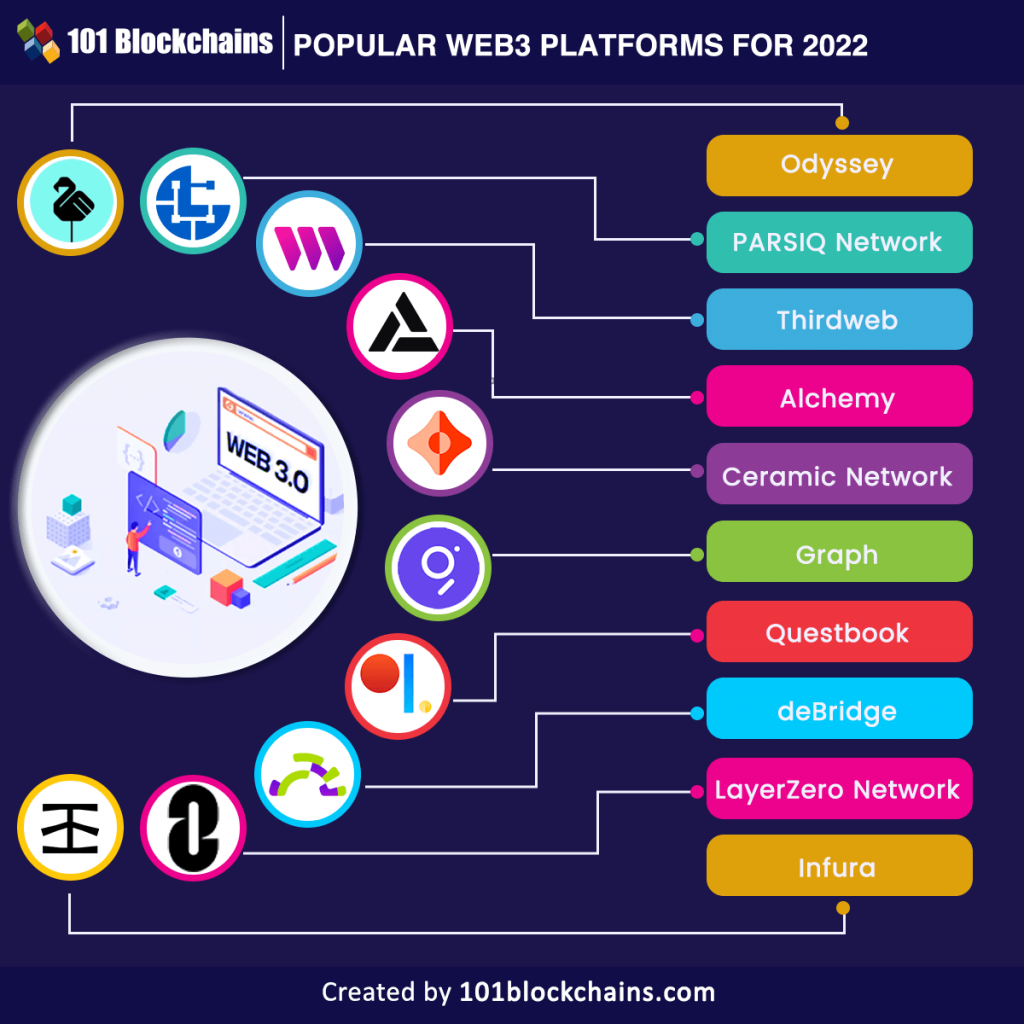
AI and the Metaverse: The Ultimate Partnership for a Digital Future
Welcome to the cutting edge of technology, where two of the most transformative concepts of our time – Artificial Intelligence (AI) and the Metaverse – are not just coexisting, but are actively combining to create something truly revolutionary. If you’ve heard these terms floating around but aren’t quite sure what they mean or how they fit together, you’re in the right place.
This article will demystify AI and the Metaverse, explain why they’re a perfect match, and explore the incredible opportunities their synergy unlocks for businesses, creators, and everyday users. Get ready to step into a future where digital worlds are not just immersive, but intelligent and alive.
What Exactly is Artificial Intelligence (AI)? (The Brains of the Operation)
Imagine a computer that can learn, understand, and even make decisions, much like a human brain. That’s the essence of Artificial Intelligence. It’s a broad field of computer science focused on creating machines that can perform tasks that typically require human intelligence.
Key aspects of AI include:
- Learning: AI systems can learn from data, identifying patterns and making predictions without being explicitly programmed for every scenario. Think of how Netflix "learns" your movie preferences.
- Reasoning: They can solve problems and make logical deductions.
- Problem-Solving: From playing complex games to diagnosing diseases, AI can tackle diverse challenges.
- Perception: Through technologies like computer vision, AI can "see" and interpret images and videos.
- Natural Language Processing (NLP): This allows AI to understand, interpret, and generate human language, like virtual assistants such as Siri or Alexa.
In simple terms, AI provides the "intelligence" and "automation" that makes digital experiences smarter, more personalized, and more interactive.
What is the Metaverse? (The New Digital Frontier)
Think of the Metaverse as the next evolution of the internet – not just something you look at on a screen, but something you can step into. It’s a persistent, interconnected network of 3D virtual worlds where users, represented by avatars, can interact with each other, digital objects, and AI-powered entities in real-time.
Key characteristics of the Metaverse:
- Immersive: Often accessed through virtual reality (VR) headsets, augmented reality (AR) glasses, or even standard computers, making you feel truly present.
- Persistent: Unlike a game that ends, the Metaverse continues to exist and evolve even when you’re not there. Changes you make remain.
- Interoperable (を目指す): The long-term vision is for seamless travel between different virtual spaces, carrying your digital assets and identity with you.
- Social: It’s designed for people to connect, collaborate, play, and socialize in shared virtual environments.
- Economies: It often features its own digital economies, powered by cryptocurrencies and NFTs (Non-Fungible Tokens) for ownership of digital goods.
Examples today include platforms like Decentraland, The Sandbox, Roblox, and even advanced online games that are moving towards more persistent, interconnected experiences.
The Perfect Match: Why AI and the Metaverse Need Each Other
While both AI and the Metaverse are powerful on their own, their true potential explodes when combined. The Metaverse provides the immersive canvas, and AI provides the intelligence, dynamism, and personalization that transforms a static digital space into a living, breathing, intelligent world.
Here’s why they’re a perfect duo:
- AI brings the Metaverse to life: Without AI, the Metaverse would be a beautiful but ultimately lifeless set of digital rooms. AI populates it with intelligent characters, dynamic environments, and responsive interactions.
- The Metaverse provides a rich environment for AI: It offers a vast, complex, and real-time training ground for AI models, allowing them to learn from human behavior and intricate digital physics.
- Scalability: Building vast, detailed, and interactive virtual worlds manually is incredibly resource-intensive. AI can automate content creation and management, making the Metaverse scalable to billions of users and countless experiences.
Key Synergies: How AI Enhances the Metaverse
Let’s dive into the specific ways AI supercharges the Metaverse experience:
1. Intelligent Avatars and Non-Player Characters (NPCs)
- Lifelike Interactions: AI powers NPCs and even user avatars, allowing them to exhibit more natural behaviors, expressions, and conversational abilities. Imagine an AI character in a virtual store that can understand your questions and offer personalized recommendations.
- Dynamic Personalities: NPCs can have unique personalities, memories, and learning capabilities, making interactions feel less scripted and more authentic.
- Smart Companions: AI companions can serve as guides, tutors, or even friends within the Metaverse, adapting to your mood and needs.
2. Personalized Experiences and Adaptive Environments
- Tailored Worlds: AI can analyze user preferences, behavior, and even emotional states to dynamically adjust the Metaverse experience. This could mean changing the scenery, suggesting activities, or introducing relevant content.
- Customized Content: From virtual clothing suggestions to personalized educational paths, AI ensures that what you see and interact with is uniquely suited to you.
- Dynamic Storytelling: AI can generate evolving narratives and quests in real-time, making every visit to a virtual world feel fresh and engaging.
3. Automated Content Creation and World-Building
- Generative AI: Tools like text-to-image (e.g., DALL-E, Midjourney) and text-to-3D models can rapidly create assets, environments, and even entire virtual spaces based on simple text prompts. This dramatically lowers the barrier to entry for creators.
- Procedural Generation: AI can automatically generate vast landscapes, intricate buildings, and diverse flora and fauna, saving countless hours for developers.
- Smart Asset Management: AI can help organize, categorize, and recommend digital assets, making it easier to build and populate virtual worlds.
4. Enhanced Immersion and Realism
- Realistic Physics & Simulations: AI can power more accurate physics engines, simulating gravity, collisions, and material properties, making virtual objects behave more like their real-world counterparts.
- Adaptive Audio: AI can dynamically adjust soundscapes based on user location, activity, and even emotional cues, deepening immersion.
- Facial and Body Tracking: AI algorithms can translate subtle human movements and expressions into avatar animations, making digital interactions feel more genuine.
5. Efficient Operation and Governance
- Smart Moderation: AI can monitor user behavior, detect inappropriate content, and enforce rules, helping to maintain a safe and positive environment.
- Resource Optimization: AI can manage server loads, network traffic, and resource allocation, ensuring smooth performance even with millions of concurrent users.
- Fraud Detection: AI can identify and prevent fraudulent activities within the Metaverse’s digital economies.
6. Powering Metaverse Economies and Commerce
- AI-Powered Marketplaces: AI can personalize product recommendations, optimize pricing, and manage inventory for digital goods and services.
- Virtual Assistants for Shopping: AI chatbots and virtual sales assistants can guide users through virtual stores, answer questions, and facilitate purchases.
- Targeted Advertising: AI can deliver highly relevant and non-intrusive ads within the Metaverse, creating new revenue streams for creators and platforms.
Opportunities: Where AI and the Metaverse Create Value
The synergy between AI and the Metaverse isn’t just theoretical; it’s opening up concrete opportunities across various sectors:
1. Entertainment & Gaming
- Next-Gen Gaming: Smarter AI enemies, dynamic quests, and player-driven narratives create infinitely replayable and personalized gaming experiences.
- Virtual Concerts & Events: AI can manage crowds, personalize experiences for attendees, and even generate unique visual effects in real-time.
- Interactive Storytelling: AI can enable branching narratives and character interactions that adapt to user choices, blurring the lines between games and interactive movies.
2. Education & Training
- Immersive Learning Environments: AI-powered virtual classrooms can offer personalized learning paths, intelligent tutors, and dynamic simulations for hands-on training.
- Skills Development: From surgical training to engineering simulations, the Metaverse provides safe, realistic environments for practicing complex skills, guided by AI feedback.
- Language Learning: AI conversational partners can offer infinite practice opportunities in a foreign language within realistic virtual scenarios.
3. Commerce & Retail
- Virtual Showrooms & Stores: AI can power virtual sales assistants, enable hyper-personalized product recommendations, and allow for realistic "try-ons" of digital and physical goods.
- Digital Fashion & NFTs: AI can assist in the design of unique digital wearables, which can then be sold as NFTs within Metaverse economies.
- Customer Service: AI chatbots and virtual representatives can provide 24/7 support within virtual retail spaces.
4. Work & Collaboration
- Intelligent Virtual Offices: AI can optimize virtual meeting spaces, summarize discussions, translate languages in real-time, and even manage project workflows.
- Remote Collaboration: Teams can collaborate on 3D models, designs, and data visualizations in shared virtual spaces, with AI assisting in ideation and problem-solving.
- Digital Twin Simulations: Companies can create AI-powered "digital twins" of physical assets (factories, cities) within the Metaverse to simulate operations, predict outcomes, and optimize performance.
5. Healthcare & Wellness
- Therapy & Counseling: AI-powered virtual therapists can provide accessible mental health support in a comfortable virtual environment.
- Medical Training: Surgeons can practice complex procedures on AI-driven anatomical models in a risk-free Metaverse setting.
- Wellness Programs: Personalized AI coaches can guide users through virtual fitness routines or mindfulness exercises.
Challenges and Considerations
While the opportunities are vast, several challenges need to be addressed for the AI-Metaverse synergy to fully blossom:
- Technical Hurdles: The sheer computing power and network bandwidth required for highly intelligent, persistent, and immersive Metaverse experiences are immense.
- Interoperability: Ensuring that AI models and digital assets can seamlessly move between different Metaverse platforms is crucial but complex.
- Data Privacy & Security: AI thrives on data, and the Metaverse will generate vast amounts of personal information. Protecting user privacy and securing digital assets is paramount.
- Ethical AI: Ensuring AI in the Metaverse is fair, unbiased, and used responsibly is critical. This includes concerns about deepfakes, autonomous AI entities, and potential manipulation.
- Accessibility: Ensuring that the Metaverse, and the AI within it, is accessible to everyone, regardless of technical proficiency or disability, is a significant challenge.
- Digital Divide: The cost of advanced hardware (VR headsets) and high-speed internet could create a divide between those who can fully participate and those who cannot.
The Future is Now: What’s Next?
The convergence of AI and the Metaverse is not a distant dream; it’s happening right now. As AI capabilities become more sophisticated and Metaverse platforms mature, we can expect:
- Hyper-Realistic Avatars: AI will enable avatars that are virtually indistinguishable from real people, capable of expressing nuanced emotions.
- Truly Autonomous AI Entities: AI agents that can operate independently within the Metaverse, performing complex tasks and interacting meaningfully with users and other AIs.
- Massive Scalability: AI will enable the creation of Metaverse experiences that can host billions of users simultaneously, each with a personalized experience.
- New Digital Professions: The demand for AI engineers, virtual world builders, digital economists, and AI ethicists will skyrocket.
Conclusion: A New Era of Digital Experience
The partnership between Artificial Intelligence and the Metaverse represents a monumental leap forward in how we interact with technology and each other. AI is the invisible force that will transform static digital spaces into dynamic, intelligent, and deeply personal worlds. From hyper-realistic interactions and automated content creation to new forms of commerce and education, the synergies are unlocking opportunities that were once confined to science fiction.
While challenges remain, the sheer potential for innovation, connection, and economic growth is undeniable. As AI continues to evolve and the Metaverse expands, we are on the cusp of an entirely new era of digital experience – one that is more immersive, more intelligent, and more alive than anything we’ve ever known. Get ready to explore!



Post Comment